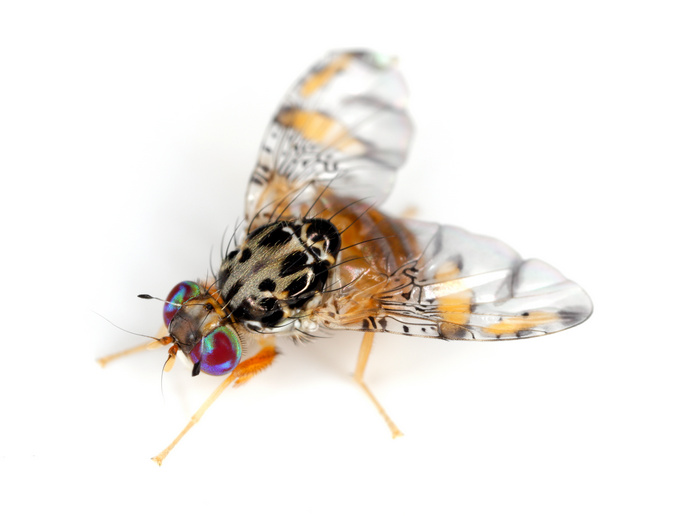Debunking the myth of fruit fly magnetic sensing
A recent study(opens in new window) has “cast considerable doubt” on the veracity of earlier research claiming the existence of magnetic sensing in Drosophila, or fruit flies. As reported in the journal ‘Nature’, the study’s findings suggest that efforts to gain insight into the mechanism of light-dependent magnetic-field sensing should focus on night migratory songbirds instead. Researchers supported in part by the EU-funded QuantumBirds(opens in new window) project replicated two landmark studies from 2008 and 2014 reporting magnetic sensing in fruit flies. The impetus for this research was provided by the realisation that no progress was made in finding the mechanism responsible for this in the years following the two studies.
Magnetic fields and dim blue lights
As a ‘Phys.org’ news item(opens in new window) reports, in 2008, a team of biologists testing the possibility of magnetic sensing in fruit flies trained about 100 fruit flies to associate food with a magnetic field that was stronger than Earth’s. Then they exposed the flies to a magnetic field in a device to compare their behaviour to when there was no magnetic field. They reported that the flies’ behaviour “strongly suggested magnetic sensing in fruit flies.” Subsequent research found no evidence of a magnetic sensing mechanism. Then in 2014, another research team used a completely different approach to test magnetic sensing. This involved the flies’ ability “to climb against gravity and when affected by dim blue lights.” The research results indicated that strong magnets could affect the flies’ climbing ability, and this discovery led to general acceptance of the existence of magnetic sensing in fruit flies. The lack of progress in finding the responsible mechanism in the ensuing years led the research team to conclude that there may have been errors in the previous research. They therefore decided to replicate the results, but with certain adjustments. They carried out the tests in a more magnetically controlled environment, and also tested a much larger number of flies: 97 658 flies moving in a two-arm maze and 10 960 flies exhibiting a spontaneous escape behaviour called negative geotaxis. “Under meticulously controlled conditions and with vast sample sizes, we have been unable to find evidence for magnetically sensitive behaviour in Drosophila,” the researchers report in their study. “Moreover, after reassessment of the statistical approaches and sample sizes used in the studies that we tried to replicate, we suggest that many—if not all—of the original results were false positives.” QuantumBirds (Radical pair-based magnetic sensing in migratory birds) is coordinated by the University of Oxford. The 6-year project ends in 2025. For more information, please see: QuantumBirds project website(opens in new window)



